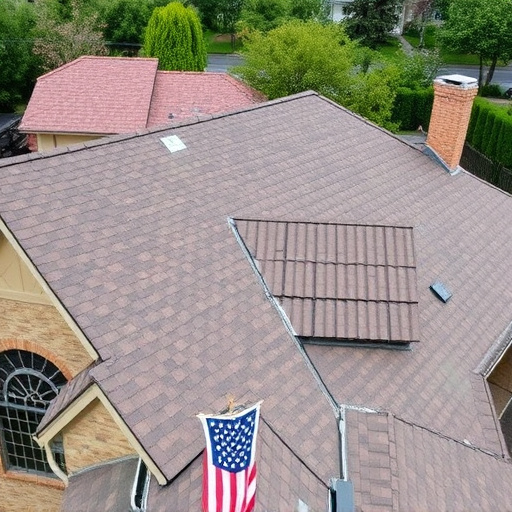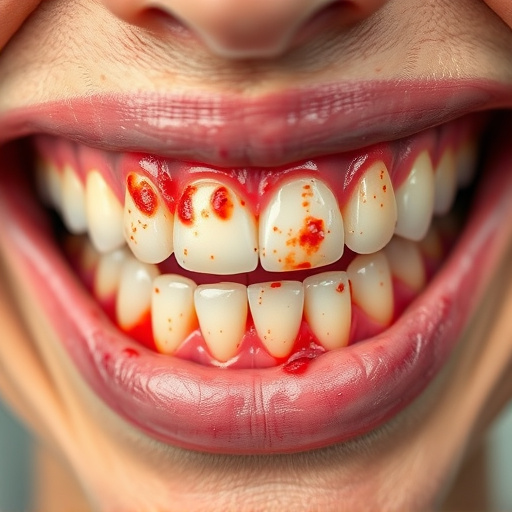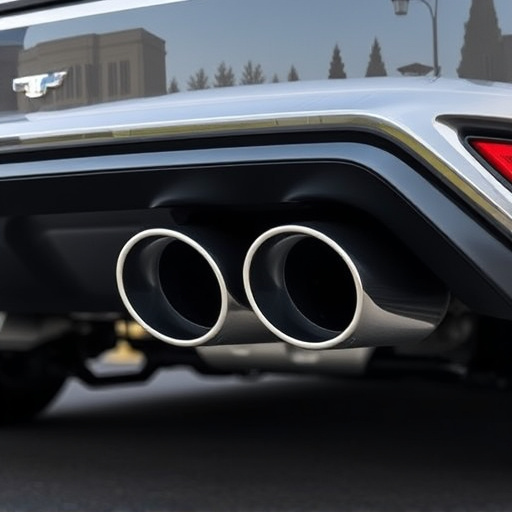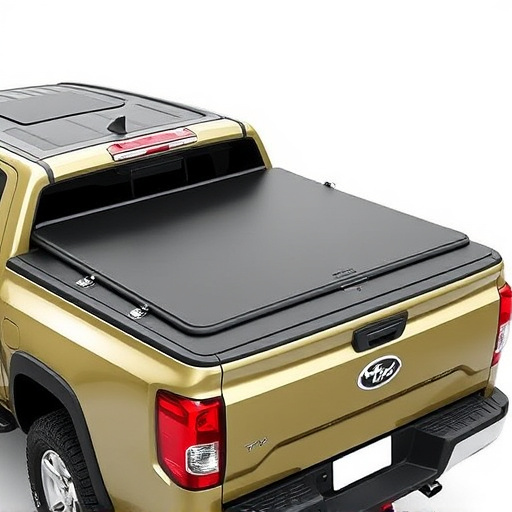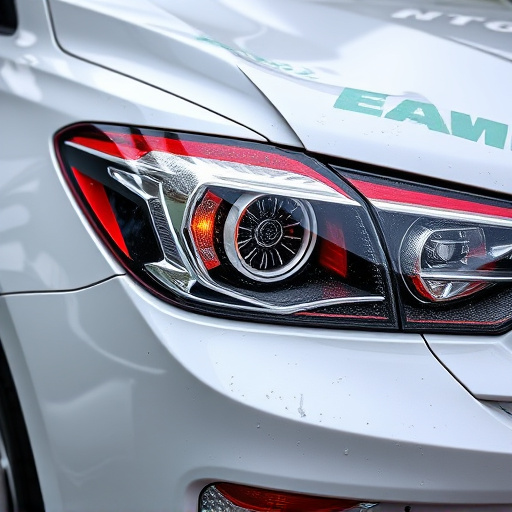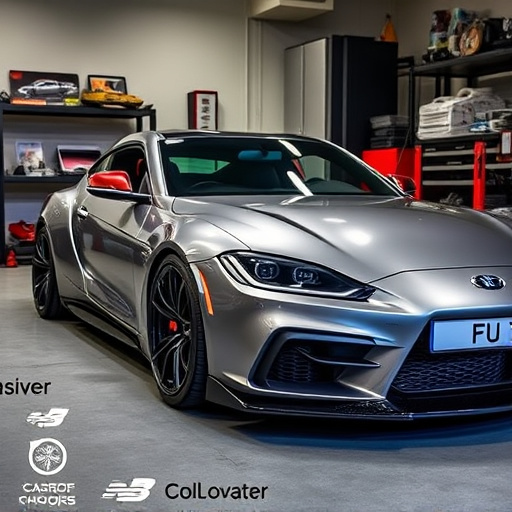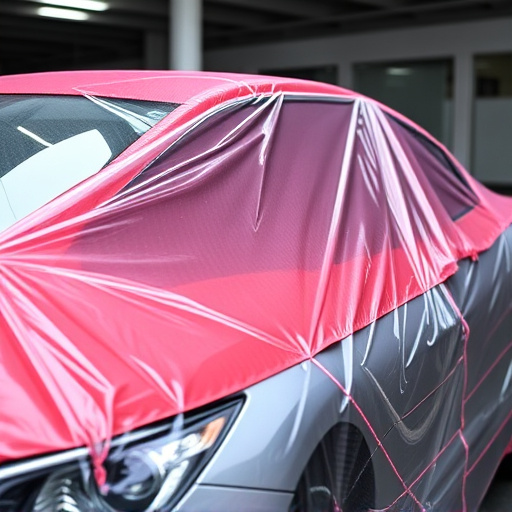Rock chip protection is crucial for vehicle upkeep, especially in challenging environments or for frequent travelers, as tiny cracks and chips from road debris can lead to extensive damage over time. Effective strategies include using high-quality vehicle wraps for barrier defense, UV protection, and premature fading prevention. Alternatively, regular coatings of ceramic wax or clear bras offer additional layers of protection. High-quality impact-resistant vinyl wraps are ideal due to their durability, ease of maintenance, and ability to be touched up. Implementing professional-grade protective film (PPF) is a proactive measure that requires minimal upkeep compared to traditional methods. Regular cleaning with dedicated car washing soap and soft cloths is essential to maintain PPF effectiveness.
In today’s fast-paced world, maintaining the integrity of your vehicle’s paintwork is a constant challenge. Rock chip protection has emerged as an effective solution, offering both aesthetics and longevity. This article delves into the essentials of rock chip protection, guiding you through understanding its basics, selecting durable materials for easy maintenance, and practical cleaning tips to ensure long-lasting defense against road debris. By implementing these strategies, you’ll safeguard your vehicle’s exterior, preserving its glossy finish.
- Understanding Rock Chip Protection: The Basics
- Choosing the Right Materials for Easy Maintenance
- Implementation and Cleaning Tips for Longevity
Understanding Rock Chip Protection: The Basics
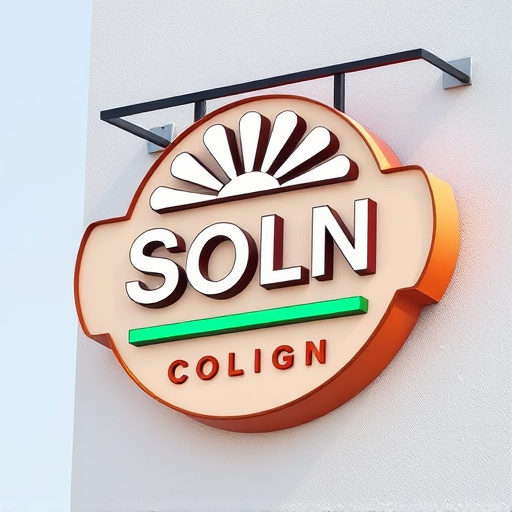
Rock chip protection is a crucial aspect of vehicle upkeep, especially for those navigating harsh environments or frequent road trips. It refers to the measures taken to safeguard your car’s paintwork from tiny cracks and chips caused by road debris, potholes, and other environmental factors. These imperfections may seem minor at first, but over time, they can lead to significant damage and reduced resale value.
The basics of rock chip protection involve a combination of strategies. One popular and effective method is the application of a high-quality vehicle wrap, which acts as a protective barrier against airborne debris. This durable film not only shields the paint but also offers UV protection, preventing premature fading. Alternatively, or in conjunction with wraps, premium automotive services often recommend regular coatings of ceramic wax or clear bras, offering an additional layer of defense against rock chips and enhancing the overall appearance of the vehicle.
Choosing the Right Materials for Easy Maintenance

When selecting materials for rock chip protection, it’s crucial to strike a balance between durability and ease of maintenance. Opting for high-quality, impact-resistant vinyl wraps offers an excellent solution. These wraps are designed to withstand harsh environmental conditions and provide long-lasting protection against rock chips and other road debris. Moreover, vinyl wraps are easy to clean and maintain, requiring only regular washing with mild soap and water.
Unlike traditional paint jobs or less durable protective coatings, vinyl wraps adhere well to various surfaces and can be easily touched up if damaged. This convenience makes them a popular choice for vehicle enhancement while ensuring the vehicle’s exterior remains in top condition. As a result, investing in a quality vinyl wrap serves as an effective rock chip protection measure that complements any vehicle protection strategy.
Implementation and Cleaning Tips for Longevity

Implementing rock chip protection is a proactive step to preserve your vehicle’s paintwork and overall aesthetics. One effective method is applying a professional-grade protective film (PPF) which acts as a thin, durable barrier against road debris and minor impacts. This low-maintenance solution is highly recommended for daily drivers, as it requires minimal upkeep compared to traditional methods like custom vehicle wraps or constant reapplication of protective coatings.
Regular cleaning is still essential to maintain the effectiveness of rock chip protection. Use a dedicated car washing soap and soft cloths to remove dirt and grime without damaging the PPF. Avoid abrasive cleaners or hard-bristled brushes that could scrape off the protective layer. Remember, proper installation and timely cleaning will contribute significantly to the longevity of your rock chip protection, ensuring your vehicle stays in pristine condition for years to come.
Rock chip protection is not just about aesthetics; it’s a practical solution that safeguards your surfaces from damage. By choosing the right materials and implementing proper care, you can achieve long-lasting results with minimal effort. Regular cleaning and maintenance will ensure your rock chip protection remains effective, preserving the beauty and integrity of your spaces for years to come.
